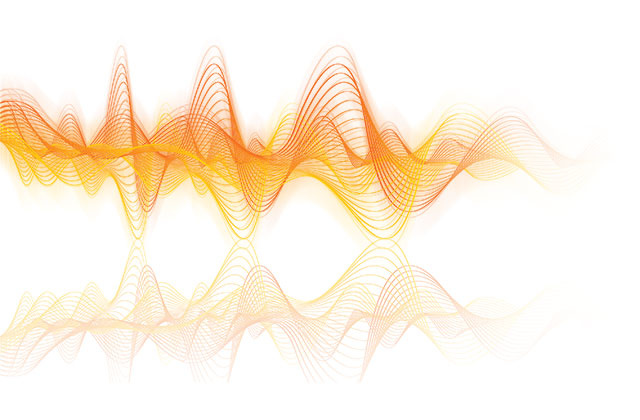Madison Van Winkle celebrated her first birthday with something new—bilateral cochlear implants.
It was the best option, say parents James and Kristin Van Winkle of Washington, Iowa, after months of testing and teaching by University of Iowa doctors, therapists, and audiologists, who had worked with Madison virtually since birth. The first indication of trouble came when Madison failed to pass a newborn screening of her auditory response at just 2 days old.
“We came back two days later and she didn’t pass it,” James says. “That’s when our pediatrician referred us to the University of Iowa.”
Related stories

Sound science: UI at the forefront of auditory advancements
[[{"type":"media","view_mode":"iowanow_small","fid":null,"attributes":{"alt":"bickel family at baseball game","class":"media-image","id":"7","typeof":"foaf:Image"}}]]
Saving residual hearing: A “hybrid” cochlear implant invented at the UI made a world of difference for Jack Bickel.
The journey: Shelby Rheinschmidt is your typical teenager, except she just got a cochlear implant. Not just any cochlear implant—a hybrid cochlear implant, as part of a trial pioneered at the University of Iowa.
At 3 months old, Madison was fitted with hearing aids. The extent of her hearing loss, however, was still unknown. She and her parents started learning simple sign language, not knowing what the future would bring.
As her first birthday neared, Madison’s otolaryngologist, Marlan Hansen, started talking with her parents about cochlear implants—instruments that translate sound into electronic signals and stimulate a person’s auditory nerve.
“We probably would have been a year or more into Madison’s growth before we noticed anything with her hearing,” James says. “That really underscored the importance of early screening for us.”
An estimated 92 percent of babies born in the United States are screened for hearing loss before they reach 1 month of age, according to the American Speech-Language-Hearing Association. In Iowa that number is closer to 98 percent, says Bruce Gantz, chair of the University of Iowa Department of Otolaryngology—Head and Neck Surgery and co-director and founder of the Iowa Cochlear Implant Research Center. Nationally, three of every 1,000 children in the United States may be born with some level of hearing loss.
Today Madison is a normal 3-year-old girl who was mainstreamed into preschool and joined in without issue, her parents say. She even sings and dances along to songs on the radio or that she recognizes on some programs.
“We knew that cochlear implants had varying levels of response, so we didn’t really have any kind of expectations,” James says. “But we really didn’t think she’d get the implants and then she’d be singing.”
Hansen, co-director of the Iowa Cochlear Implant Research Center, says there are no typical results expected with cochlear implants, only expectations of some level of improved hearing.
For patients like Madison, who are implanted early in life, picking up normal speech patterns is much easier, he says. Younger patients typically develop normal language, normal speech, and normal learning patterns, he says.
“There’s good evidence that the earlier you put in the cochlear implant, the more quickly the patient will develop those skills,” Hansen says.
Gantz agrees, but adds that the results of a behavioral audiogram also are important in determining a child’s need for cochlear implants, and those results aren’t reliable until a child is about 7 to 8 months old.
“For children there is a critical period when they get significant information from the brain, and the earlier you implant them the closer they get to age-appropriate hearing,” he says. “Children up to the age of 4 can benefit as well as children implanted at 1.”